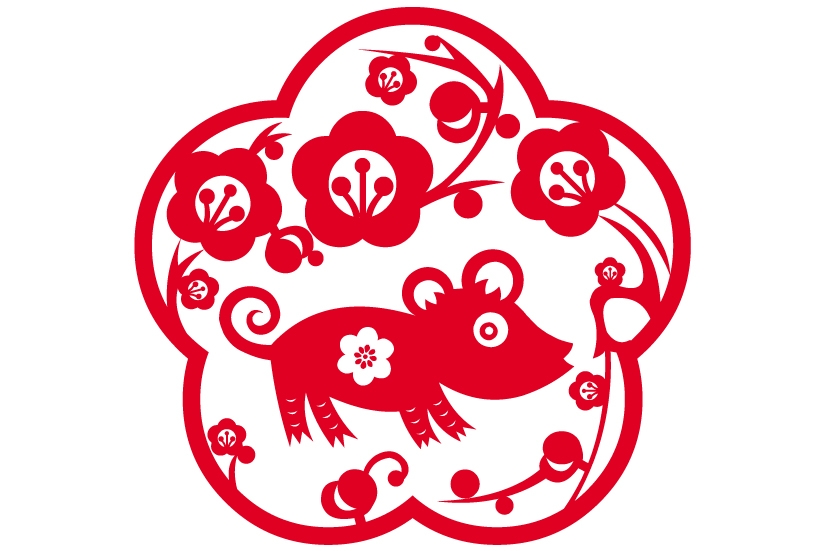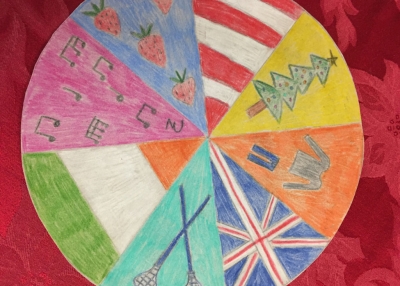Chinese Cut Outs
Learning About the History of Paper

Description
A hand-eye coordination activity. Teachers describe how paper was invented in China and the many uses people found for it over the years. The children replicate a Chinese cutout, a festive paper product still seen all over the Chinese world today.
Questions to Explore
Why is paper important historically? And today?
Objectives/Skills
- Hand-eye coordination
- Listening comprehension
- Chronological thinking
Time Required
One hour
Materials Required
Print-out (attached below)
Red paper for printer or photocopier
Age-appropriate safety scissors
For older children: pencil and scrap paper
Assessment
Quality of how children and re-tell a history using their own words; quality of cut out.
Procedure
-
Describe the paper's history and the many important roles it played:
Did you know that paper was invented in China more than 2,000 years ago? The Chinese wrote on paper almost 1,000 years before Europeans did.
The earliest paper was thick and strong, made from the bark of the mulberry tree. It wasn't much good for writing on, but it was good for lots of other things. The Chinese made clothes, blankets, and even shoes out of the heavy paper. Soldiers wore paper armor. The generals said paper was better than metal because it didn't rust when the soldiers got rained on.
The Chinese found more uses for their innovation. They made playing cards and paper money by stamping pictures and words onto paper (the first printing!). Paper money was called "flying money" because it was so light compared with metal coins that it could blow away in the wind. They spread oil on paper and made waterproof umbrellas. They glued it to the walls and invented wallpaper. The Chinese even made toilet paper!
Shortly after inventing paper, the people in northern China began cutting the paper into beautiful designs. Today, the Chinese use paper cuttings for celebrations, festivals, and home decoration. Often, paper cuttings are used to bring luck. Lucky paper cuttings are made on red paper. To the Chinese, red is a lucky color. - Print one copy of the document titled 'happiness.pdf' (attached below) on red paper for each student in class.
- Help the children cut along the thin black line to make a diamond-shaped cut-out.
- Explain the Chinese word, 'fu' means happiness.
- Hang up the cut outs to wish everyone happiness.
- Explain to the children that the Chinese words fu dao le means 'happiness is upside down.' But in Chinese, it has a homonym: it also sounds just like 'happiness has arrived!' Tell the children, if they wish, they can turn their sign upside down to show happiness has arrived (perhaps because they learned something new).
Extension
Ask the children to describe in their own words what they just learned about the history of paper in China, and how their cut-outs relate to a historical tradition that still exists today.
For older students
- Describe the paper's history and the many important roles it played (above).
- Print one copy of the fish pattern attached below.
- Cut out the fish with scissors. Make sure you cut only on the lines. This scrap paper fish is called a stencil.
- Put your stencil on the red construction paper. With your pencil, trace around the stencil. Don't forget to trace the inside shapes.
- Cut along the lines with your scissors.
- Hang up your fish for good luck!
- Now, try one on your own. Make a stencil by drawing a design on scrap paper. Draw an outside shape and some inside shapes. (Just make sure that none of the inside lines go all the way through the design. That's the tricky part.)
Adapted from Appleseeds. Reprinted with permission.







